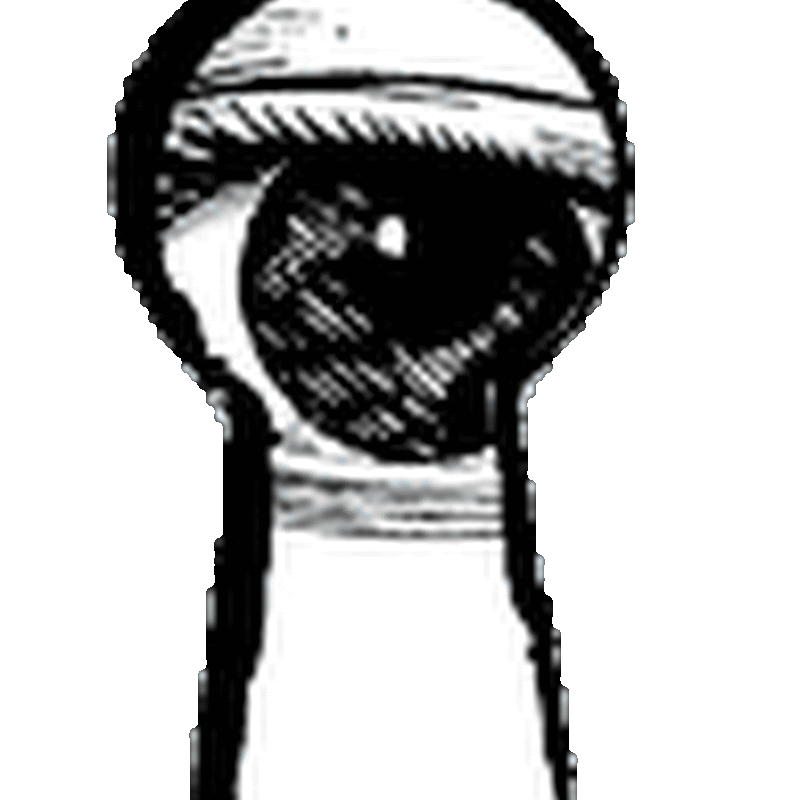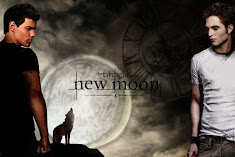Feasibility analysis is the process of determining if a business idea is viable.
As shown in Figure 3.1, the most effective businesses emerge from a process
that includes (1) recognizing a business idea, (2) testing the feasibility of the
idea, (3) writing a business plan, and (4) launching the business. If a business
idea falls short on one or more of the four components of feasibility analysis, it
should be dropped or rethought, as shown in the figure. Many entrepreneurs
make the mistake of identifying a business idea and then jumping directly to
writing a business plan to describe and gain support for the idea. This
sequence often omits or provides little time for the important step of testing the
feasibility of a business idea before the business plan is written.
A mental transition must be made when completing a feasibility analysis
from thinking of a business idea as just an idea to thinking of it as a business.
A feasibility analysis is an assessment of a potential business rather than
strictly a product or service idea. The sequential nature of the steps shown in
Figure 3.1 cleanly separates the investigative portion of thinking through the
merits of a business idea from the planning and selling portion of the process.
Feasibility analysis is investigative in nature and is designed to critique the
merits of a proposed business. A business plan is more focused on planning
and selling. The reason it’s important to complete the entire process, according
to John W. Mullins, the author of the highly regarded book The New Business
Road Test, is to avoid falling into the “everything about my opportunity is
wonder” mode. In Mullins’s view, failure to properly investigate the merits of a
business idea before the business plan is written runs the risk of blinding an
entrepreneur to inherent risks associated with the potential business and
results in too positive of a plan.2 This scenario may explain the large number of
eBay drop-off stores that were opened in the mid-2000s only to quickly fail as
described in the “What Went Wrong?” feature.
This chapter provides a methodology for conducting a feasibility analysis by
describing its four key areas: product/service feasibility, industry/market
feasibility, organizational feasibility, and financial feasibility. We introduce supplemental
material in two appendixes to the chapter. Appendix 3.1 contains a
tool called First Screen, which is a template for completing a feasibility analysis.
Appendix 3.2 contains an Internet Resource Table that provides information on
Internet resources that are helpful in completing First Screen.
An outline for the approach to feasibility analysis depicted in this chapter is
provided in Table 3.1. Completing a feasibility analysis requires both primary
and secondary research. Primary research is research that is collected by the person or persons completing the analysis. It normally includes talking to
industry experts, obtaining feedback from prospective customers, conducting
focus groups, and administering surveys. Secondary research probes data
that is already collected. The data generally includes industry studies, Census
Bureau data, analyst forecasts, and other pertinent information gleaned
through library and Internet research. The Internet Resource Table in
Appendix 3.2 is useful for conducting secondary research.
It should be emphasized that while a feasibility analysis tests the merits of
a specific idea, it allows ample opportunity for the idea to be revised, altered,
and changed as a result of the feedback that is obtained and the analysis that
is conducted. The key objective behind feasibility analysis is to put an idea to
the test—by talking to industry experts, surveying prospective customers,
studying industry trends, thinking through the financials, and scrutinizing it
in other ways. These types of activities not only help determine whether an idea
is feasible but also help shape and mold the idea.
Now let’s turn our attention to the four areas of feasibility analysis. The
first area we’ll discuss is product/service feasibility.
Capítulo Tercero: La Nueva Orden
Hace 15 años
































